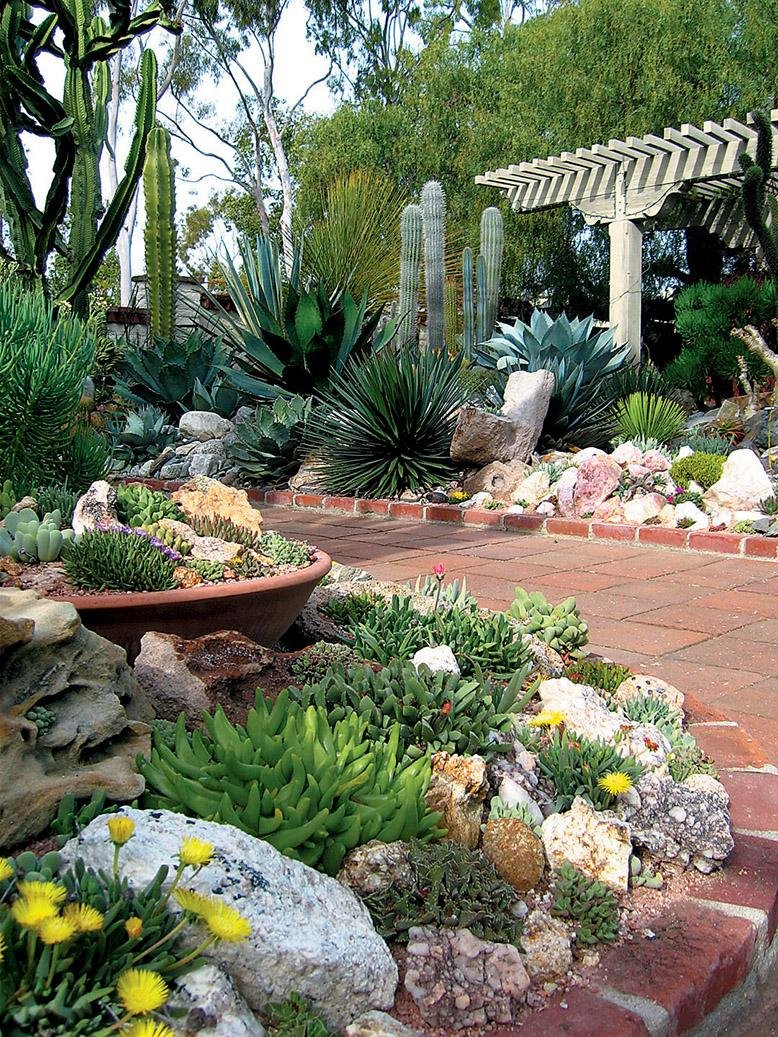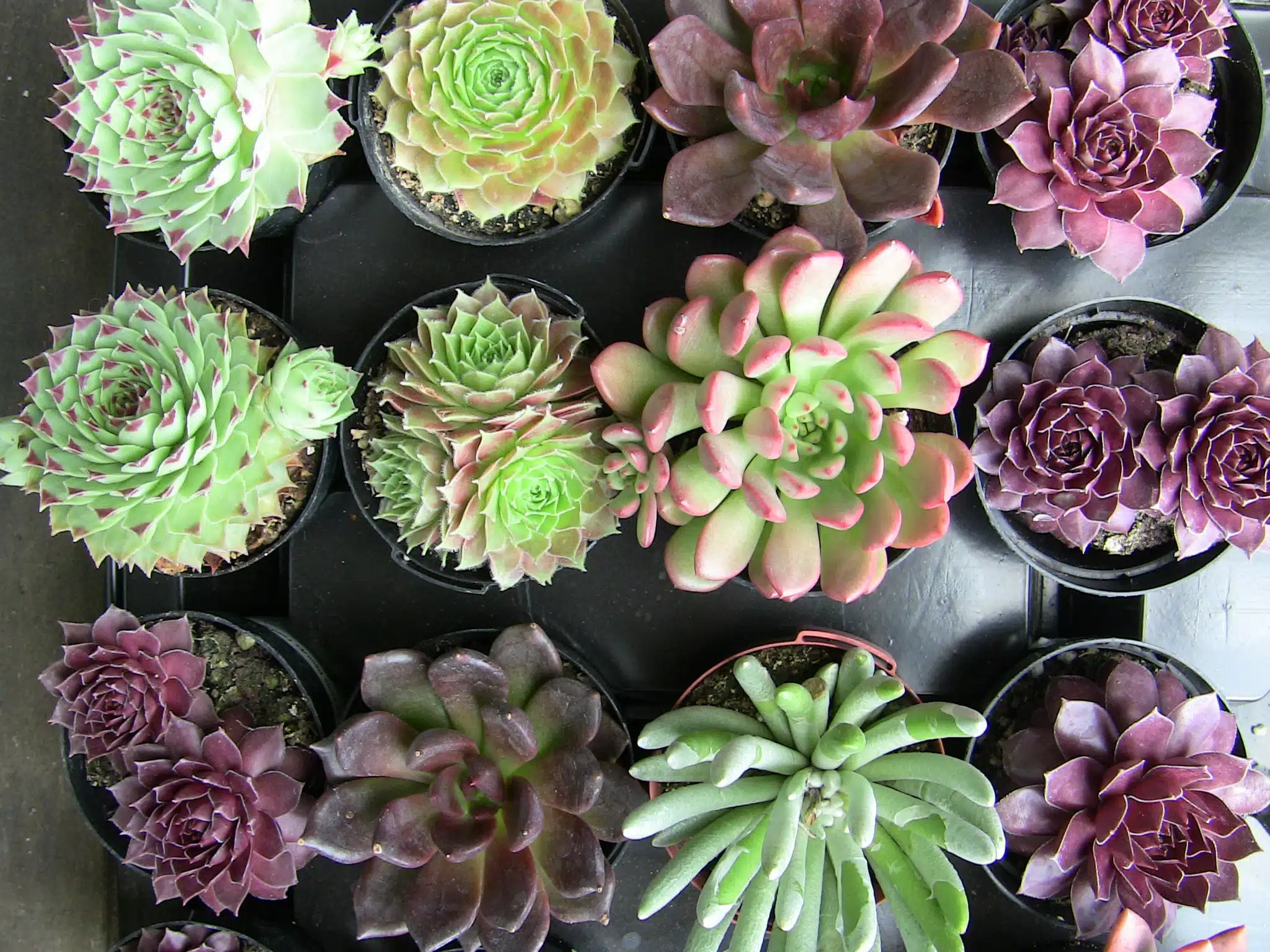How to Grow Drought-Resistant Plants in Dry Climates

In the heart of arid landscapes, where water is a precious commodity, growing a lush garden might seem like an impossible dream. But what if I told you that you could transform your dry climate into a thriving oasis with the right plants and techniques? Welcome to the world of drought-resistant plants, where beauty and resilience go hand in hand. Let's dive in and explore how you can cultivate a stunning garden that defies the odds.
Understanding Drought-Resistant Plants
Drought-resistant plants are nature's answer to water scarcity. These hardy species have evolved unique mechanisms to survive in dry climates, making them ideal for arid landscaping. Whether you're dealing with a desert climate or a region prone to drought, these plants can thrive with minimal water.
What Makes a Plant Drought-Resistant?
Drought-resistant plants have several adaptations that help them conserve water. Some have waxy leaves that reduce water loss, while others have deep root systems that tap into underground water reserves. Succulents, for example, store water in their fleshy leaves and stems, making them perfect for xeriscaping.
The Art of Xeriscaping
Xeriscaping is a landscaping technique that focuses on water conservation. By choosing drought-resistant plants and implementing smart watering practices, you can create a beautiful garden that requires minimal water.
Choosing the Right Plants
When selecting plants for your xeriscape, it's crucial to choose species that are native to your region. Native plants are already adapted to the local climate and soil conditions, making them more likely to thrive with less water.
Succulents: The Stars of Xeriscaping
Succulents are a popular choice for xeriscaping due to their ability to store water. Plants like aloe vera, cacti, and agave are not only drought-resistant but also add a unique aesthetic to your garden.
Native Plants: The Local Heroes
Native plants are the unsung heroes of drought-resistant gardening. These plants have evolved to thrive in your specific climate and soil conditions. For example, in the Southwest United States, plants like the desert willow and the creosote bush are excellent choices.
Smart Watering Practices
Water conservation is at the heart of xeriscaping. By implementing smart watering practices, you can ensure that your plants get the water they need without wasting this precious resource.
Drip Irrigation: Efficient and Effective
Drip irrigation systems deliver water directly to the roots of your plants, minimizing evaporation and runoff. This method is highly efficient and can significantly reduce water usage compared to traditional sprinkler systems.
Mulching: A Natural Solution
Mulching is a simple yet effective way to conserve water. By covering the soil with a layer of organic material, you can reduce evaporation and keep the soil moist for longer. Mulch also helps to suppress weeds and improve soil health.
Designing Your Drought-Resistant Garden
Designing a drought-resistant garden is an art form. By carefully planning your layout and choosing the right plants, you can create a stunning oasis that thrives in dry climates.
Grouping Plants by Water Needs
One of the key principles of xeriscaping is grouping plants by their water needs. By placing plants with similar water requirements together, you can ensure that each plant gets the right amount of water without wasting any.
Creating Shade and Windbreaks
In dry climates, shade and windbreaks can make a significant difference in water conservation. By strategically placing trees and shrubs, you can create microclimates that protect your plants from the harsh sun and wind.
Maintaining Your Drought-Resistant Garden
Maintaining a drought-resistant garden requires a bit of care and attention, but the rewards are well worth the effort. By following a few simple tips, you can keep your garden thriving even in the driest conditions.
Regular Pruning and Deadheading
Regular pruning and deadheading help to keep your plants healthy and promote new growth. Removing dead or damaged leaves and flowers also helps to conserve water by reducing the plant's overall water needs.
Monitoring Soil Moisture
Keeping an eye on soil moisture is crucial for maintaining a drought-resistant garden. By using a soil moisture meter, you can ensure that your plants are getting the right amount of water without overwatering.
Conclusion
Growing drought-resistant plants in dry climates is not only possible but also incredibly rewarding. By choosing the right plants, implementing smart watering practices, and designing your garden with care, you can create a stunning oasis that thrives even in the harshest conditions. So, are you ready to transform your dry climate into a lush, water-wise garden? The journey starts with a single plant.
FAQs
What are some common drought-resistant plants? Common drought-resistant plants include succulents like aloe vera and cacti, as well as native plants like the desert willow and the creosote bush.
How does xeriscaping help with water conservation? Xeriscaping focuses on choosing drought-resistant plants and implementing smart watering practices, such as drip irrigation and mulching, to minimize water usage.
What is the best way to water drought-resistant plants? Drip irrigation is one of the most efficient ways to water drought-resistant plants, as it delivers water directly to the roots, minimizing evaporation and runoff.
How can I create shade and windbreaks in my garden? You can create shade and windbreaks by strategically placing trees and shrubs to protect your plants from the harsh sun and wind.
What are the benefits of using native plants in my garden? Native plants are already adapted to the local climate and soil conditions, making them more likely to thrive with less water. They also support local ecosystems and wildlife.


0 Response to "How to Grow Drought-Resistant Plants in Dry Climates"
Post a Comment